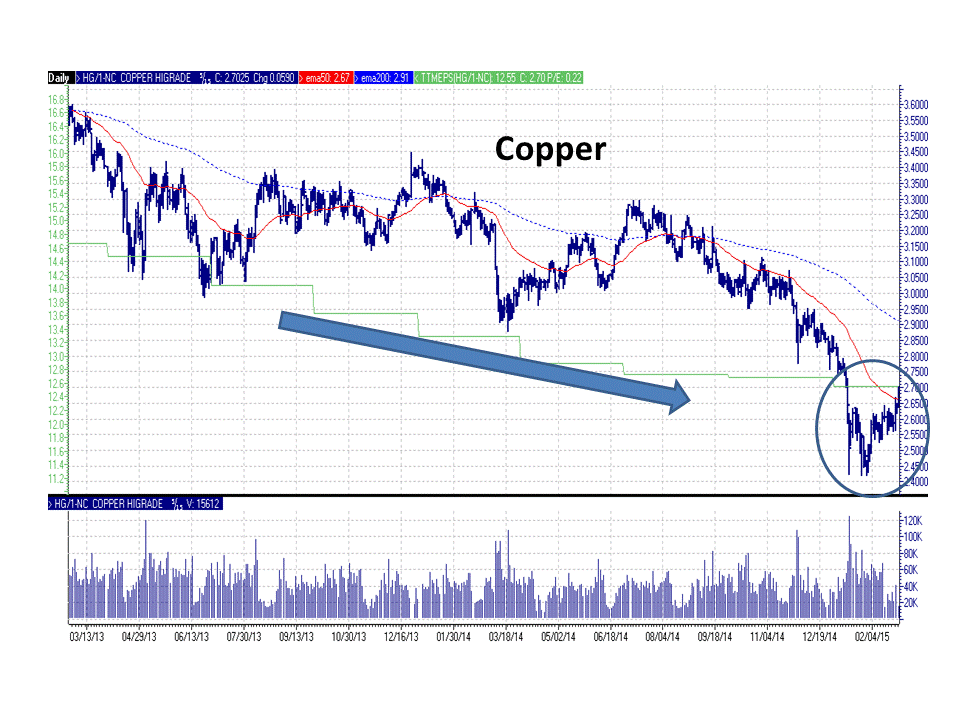Month End 60/40 Model Report
What's Working?
At the beginning of 2010, I built a series of portfolio models based on a Balanced Asset Allocation Strategy.
The base model was 60% Equity and 40% Fixed Income.
(derivative models of 30%, 40%, 50% and 70% Equity as well).
- Fixed Income consisted of a Government Bond ETF, a Corporate Bond ETF, a Real Return bond ETF, a basket of Preferred Shares and a High Yield bond fund.
- The Equity allocation consisted of a combination of Canadian (including REIT's), US and International (including Emerging Market) ETF's.
- There was also a portion of the Equity allocation allotted to a "tactical" (more actively managed) fund.
There have been a few adjustments along the way (minor changes in % allocations to geographical and style):
- The models have been rebalanced quarterly and cash (from distributions and dividends) have been redeployed.
- Before any advisor fees and taxes (but including fund MER's) , A fully invested $100,000 in the 60% equity model on January 1, 2010 is now (as of Feb.27, 2015, or 5.16 years) worth $158,260 (without any additional contributions having been made).
- A compound annualized return of over 11%.
- Of course, past performance is not necessarily a guarantee of future performance.
- However, long-term back-testing through the very volatile period of 2007-2009, revealed that a portfolio of similar composition should be able to achieve a target return of between 7-8% over a multiple year period.
click on the chart to enlarge.
The broad diversification of the model has revealed many different levels of performance for many of the different asset classes over the last 5.16 years:
- in 2011, a very difficult year for equity markets, the International Equity allocation fell by close to 15% (emerging markets were the worst performer).
- Canadian small cap companies were also very weak that year.
- On the other side of the equation: Fixed Income assets as a group were up by almost 10% (inflation indexed bonds were higher by over 18%).
- The REIT allocation was better by 0ver 20% that year.
- It is the diversity that helped to limit the downside pressures on the portfolio that year.
- 2012 and 2013 were strong, above average total return years led by strong equity markets.
- 2014 was an average year, with mixed results : weak international equity performance, strong fixed income performance (after a weak Fixed Income year in 2013).
Thus far in 2015 (the Year to "Expect the Unexpected"):
- Fixed Income:
- Bond markets continue to out-perform, led by inflation indexed bonds.
- Preferred shares are under performing as the Canadian Preferred Share index is down by approx. 4% thus far.
- Equity:
- REIT's are leading the Canadian Equity sector allocation.
- While at record levels, US Equities are under performing on a relative basis.
- International Equities (lead by emerging markets) are out-performing.
The important takeaway:
Different asset classes will out-perform and under-perform throughout time over multiple years.
Instead of trying to pick which ones will perform, have them all in your portfolio and reap the rewards of diversification.
What is working?
Diversification is Working
The views expressed are those of the author, Scott Tomenson, a Raymond James Financial Advisor, and not necessarily those of Raymond James Ltd. It is provided as a general source of information only and should not be considered to be personal investment advice or a solicitation to buy or sell securities. Investors considering any investment should consult with their Investment Advisor to ensure that it is suitable for the investor's circumstances and risk tolerance before making any investment decision. The information contained in this blog was obtained from sources believed to be reliable, however, we cannot represent that it is accurate or complete. Raymond James Ltd. is a member of the Canadian Investor Protection Fund.




































